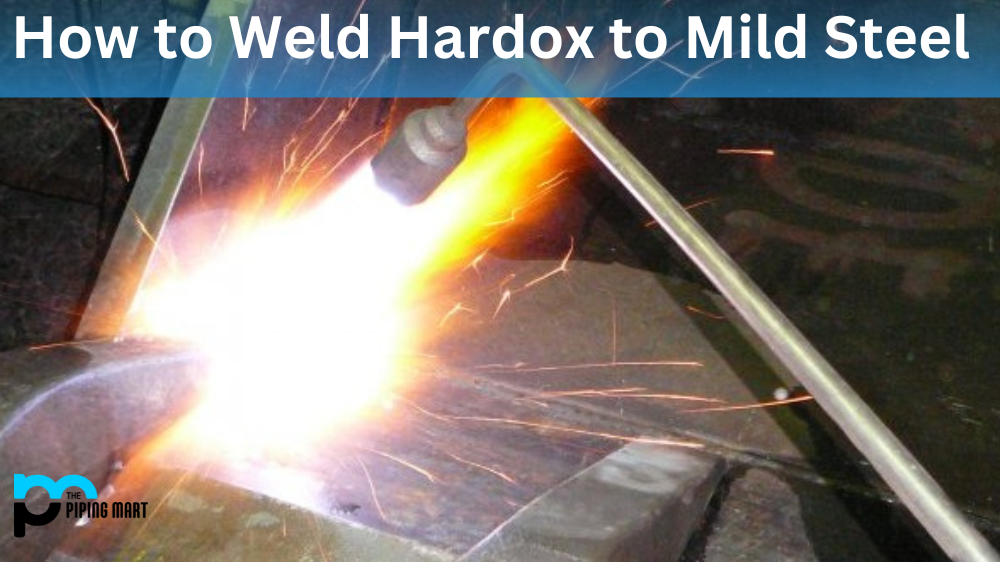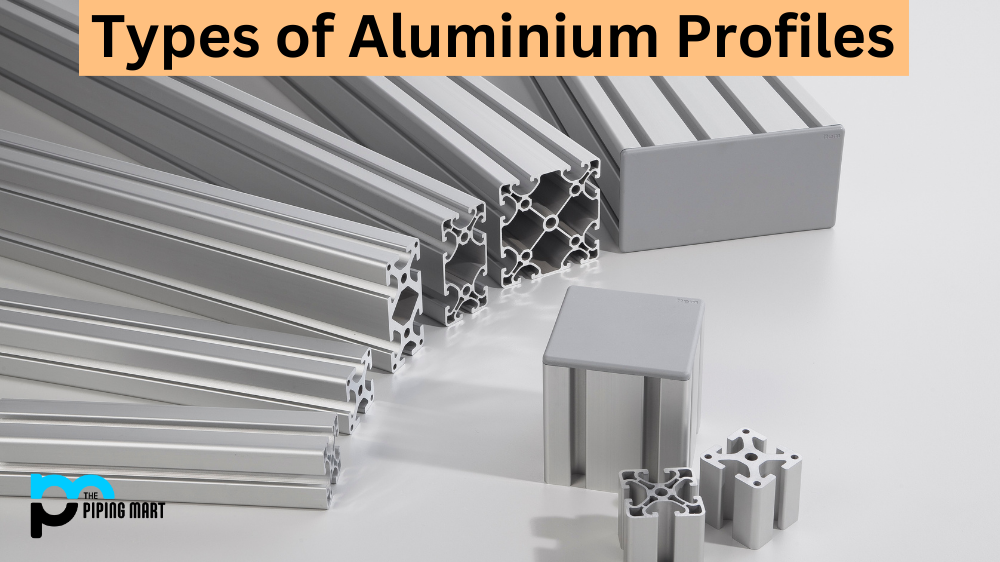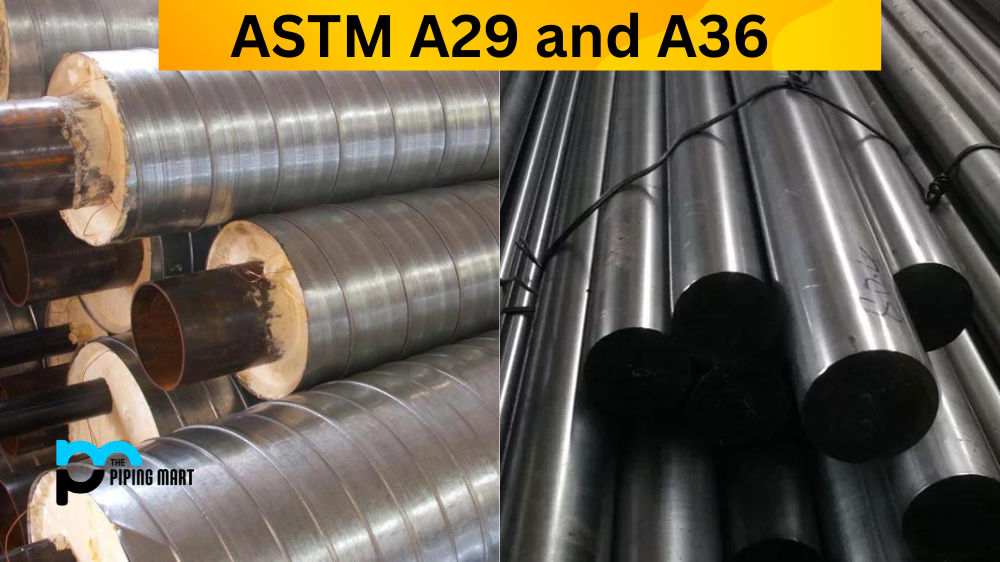Several factors come into play when choosing the right metal for your project. Among these factors is the grade of steel you use. Two popular steel grades are 201 and 301 stainless steel. These stainless steels are widely used in different applications, and understanding their properties and differences can help you make the best decision for your project. This blog post will compare the two and help you identify the best option for your needs.
Difference Between 201 Stainless Steel and 301
Composition and Properties
Composition is crucial when it comes to steel grades. The 201 stainless steel contains about 16 to 18% of chromium, which makes it highly resistant to corrosion, rust, and stains. It also contains about 3.5 to 5.5% of nickel, which enhances its toughness, strength, and ductility. On the other hand, 301 stainless steel contains about 17 to 19% of chromium and 6 to 8% of nickel. The higher nickel content makes it more expensive than 201 stainless steel. However, it’s more corrosion-resistant and has better strength and formability.
Applications
The 201 stainless steel is often used in applications that require the strength and toughness of stainless steel. These include food service equipment, kitchenware, automotive parts, and architectural trim. It’s also used for low-cost sinks and countertops. On the other hand, 301 stainless steel is commonly used in structural and architectural applications, such as railings, roofing, and framing. It’s also used in automotive parts, heating and cooling systems, and electrical components.
Strength and Durability
Strength and durability are critical factors when it comes to steel grades. 201 and 301 stainless steel grades have high tensile strength, making them ideal for heavy-duty applications. However, the 301 stainless steel has higher strength than the 201 stainless steel, making it more deformation-resistant. The 301 stainless steel also has a higher tensile strength and elongation than the 201 stainless steel, making it ideal for high-precision applications.
Price
Price is always a consideration when choosing between two materials. In this case, the 201 stainless steel is much cheaper than the 301 stainless steel. The lower nickel content in 201 stainless steel accounts for its affordability. So, if you’re on a tight budget, the 201 stainless steel is a more cost-effective option.
Weldability
Weldability is another crucial factor to consider. Stainless steel is often welded to create incredible structural designs, but not all stainless steel grades are created equal. The 201 stainless steel is easier to weld than the 301 stainless steel. It’s more ductile and can withstand more significant deformations without breaking. On the other hand, the 301 stainless steel is more challenging to weld due to its higher strength.
Conclusion
In conclusion, choosing the right steel grade for your project is critical for optimal results. The 201 and 301 stainless steel grades have unique properties that make them ideal for different applications. The 201 stainless steel is less expensive, easier to weld, and suitable for low-cost applications like kitchenware, automotive parts, and architectural trim. The 301 stainless steel is more corrosion-resistant, stronger, and more suitable for high-precision applications like railings, roofing, and framing. Ultimately, it’s essential to understand your project’s needs, requirements, and budget to select the best option. Use this guide to compare 201 and 301 stainless steel and make an informed decision.
Meet Heer, a dynamic and driven writer learning tricks of her trade in the metal industry. With a background in Digital Marketing, Heer brings a unique perspective to her writing, sharing valuable insights. Apart from blogging she like reading and hiking.




